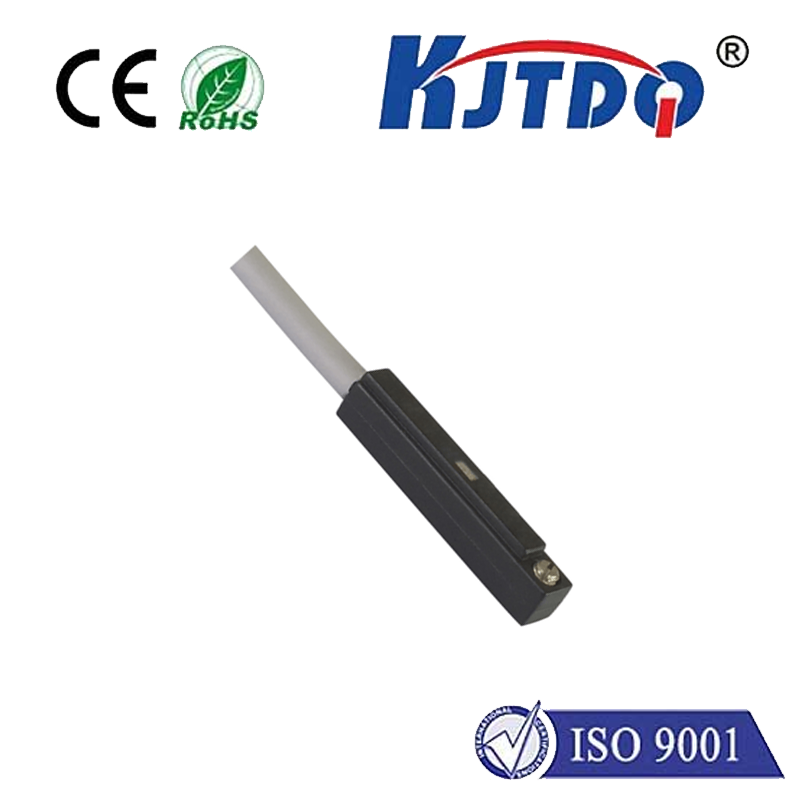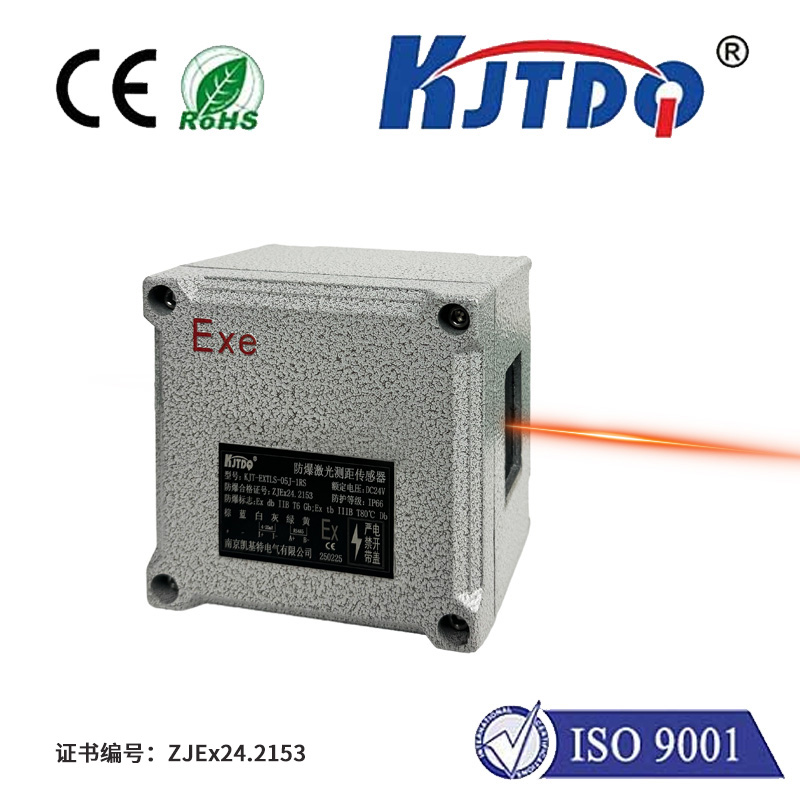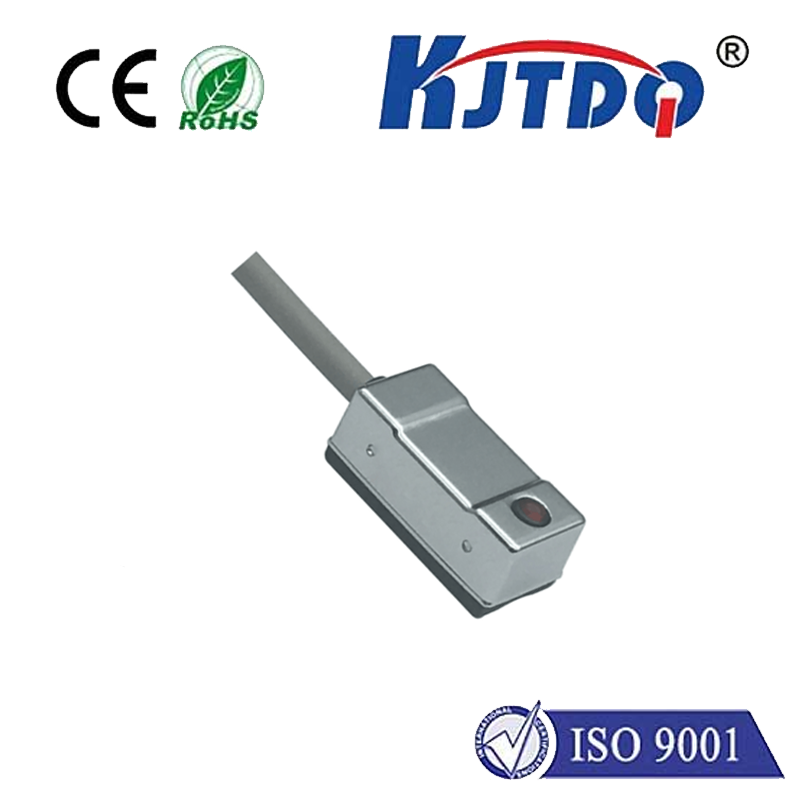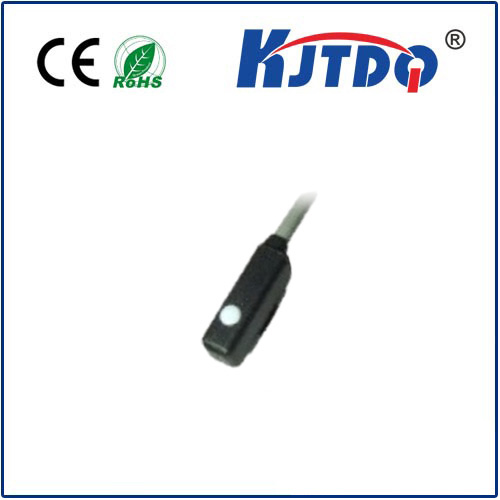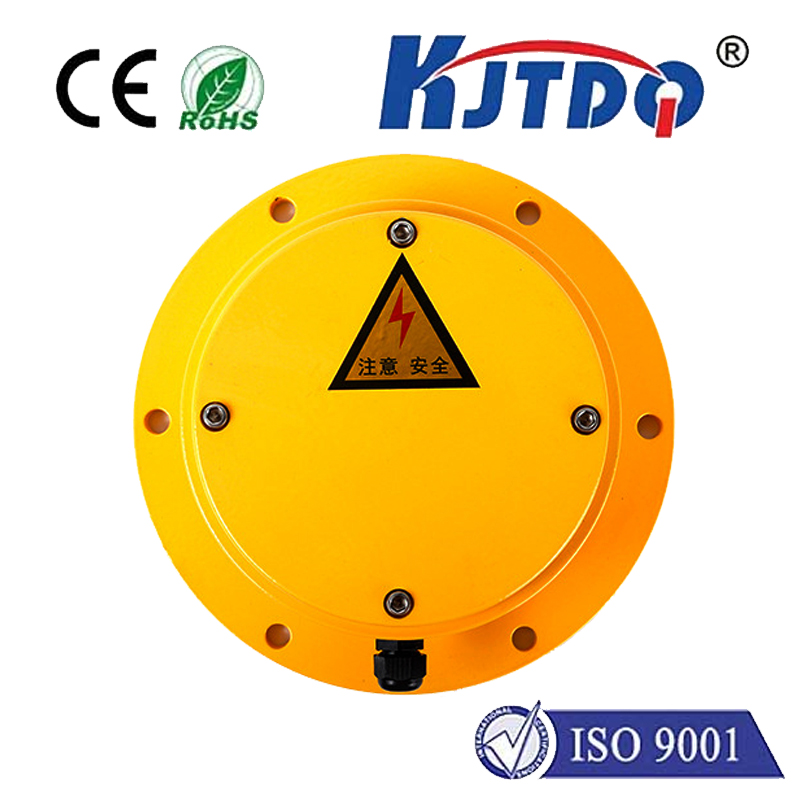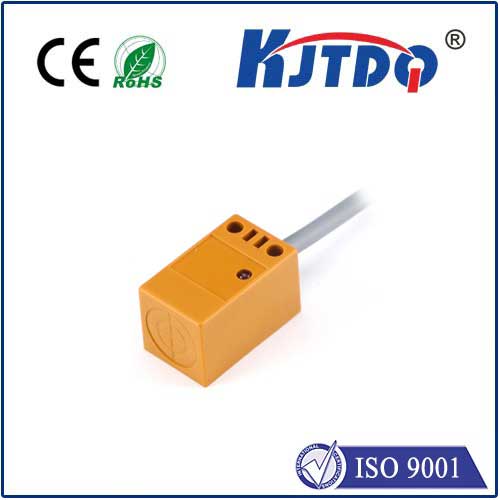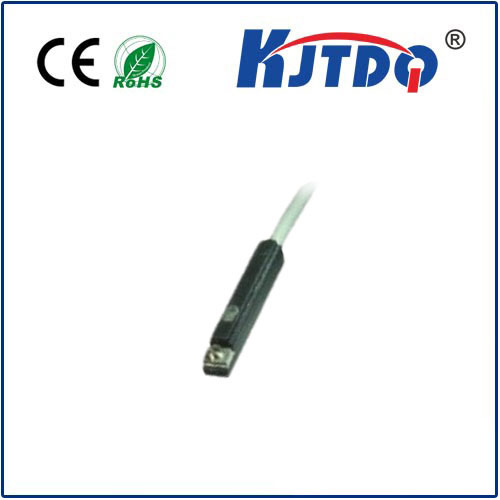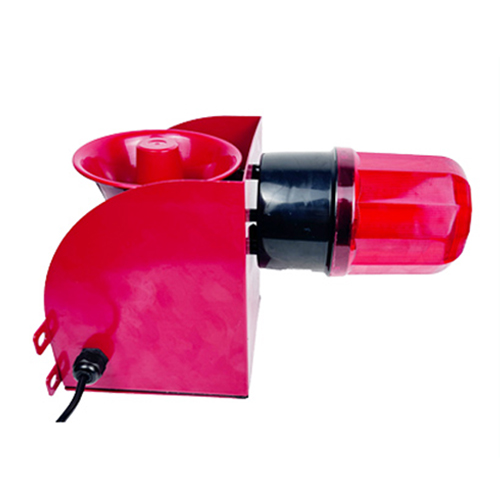proximity capacitive sensor
- time:2025-09-05 13:22:42
- Нажмите:0
Unveiling the Magic: How Proximity Capacitive Sensors Revolutionize Non-Contact Detection
Reach for your smartphone, and the screen lights up before you even touch it. Wave your hand near a fancy faucet, and water flows magically. Approach an industrial machine, and it slows down for safety. Behind these seemingly simple interactions lies the ingenious technology of the proximity capacitive sensor. This remarkable device silently shapes our interactions with countless machines and systems, enabling non-contact detection with remarkable precision and reliability. Understanding how they work and where they excel reveals why they’ve become indispensable across diverse industries.
The Fundamental Principle: Sensing the Unseen Field
At its core, a proximity capacitive sensor operates on the same foundational principle as a simple capacitor: it stores electrical charge. Unlike physical contact switches, it creates an electrostatic field emanating from its active sensing surface. When no object is nearby, this field remains stable in a specific configuration defined by the sensor’s design.
The magic happens when a target object enters this electrostatic field. The target doesn’t even need to be conductive, though conductive materials (like metal or the human body) create a stronger effect. The presence of the target object alters the dielectric properties within the sensor’s field. Essentially, the object changes the field’s capacity to store electrical charge – its capacitance.
Detecting this Change: The Sensor’s Intelligence

The proximity capacitive sensor is constantly monitoring this capacitance. Sophisticated internal circuitry, often an oscillator or a capacitance-to-digital converter, detects even minute shifts in the capacitance value caused by the approaching target. When the change in capacitance exceeds a predefined threshold – the sensor’s sensing distance – it triggers an output signal.
- Digital Outputs: Most commonly, the sensor switches a solid-state output (like a PNP or NPN transistor) to signal the presence (
ON) or absence (OFF) of the target within its detection range.
- Analog Outputs: Some advanced sensors provide an analog output signal (e.g., 0-10V or 4-20mA) proportional to the distance of the target from the sensing face, offering more granular information.
Why Choose Proximity Capacitive Sensing? Key Advantages
This technology offers compelling benefits that make it superior to mechanical switches or other non-contact sensors like inductive or optical types in many scenarios:
- Non-Contact Operation: The primary advantage. Detection occurs without physical touching, eliminating wear and tear, reducing maintenance, and enabling detection of fragile objects.
- Target Material Versatility: Unlike inductive sensors that primarily detect metals, capacitive proximity sensors can detect a vast range of materials: liquids, plastics, glass, wood, granular substances, powders, and biological tissue (like skin). This makes them incredibly versatile.
- Insensitivity to Surface Conditions: They can detect targets through non-metallic barriers like plastic containers, glass walls, or thin layers of material, enabling unique mounting options and protecting the sensor from harsh environments.
- Hygiene & Cleanliness: The non-contact nature and ability to sense through barriers make them ideal for food and beverage processing, pharmaceutical applications, and medical equipment where contamination must be avoided.
- Solid-State Reliability: With no moving parts, they offer high long-term reliability and resilience in demanding conditions (though environmental factors like extreme humidity can influence performance and require selection consideration).
Where Proximity Capacitive Sensors Shine: Diverse Applications
The unique capabilities of proximity capacitive sensors lead to their widespread adoption:
- Промышленная автоматизация: Level detection of liquids, powders, and granular materials in tanks/silos; presence detection of plastic parts, glass bottles, or wood panels on conveyors; monitoring of filling processes.
- Consumer Electronics: Touchscreens (a specialized form), proximity wake-up features in phones and laptops (detecting when you’re near), touch-sensitive controls on appliances.
- Automotive: Touch-sensitive interior controls (hazard lights, climate control), rain sensors for automatic wipers (detecting water droplets), anti-pinch systems in windows/sunroofs.
- HVAC & Plumbing: Touchless faucets and flush valves, water level control in reservoir tanks.
- Medical Devices: Contact-free switches on equipment to maintain sterility, fluid level monitoring in IV bags or dialysis machines.
- Security: Hidden proximity detection zones.
- Robotics: Obstacle detection, object presence verification before gripping.
Tuning for Success: Understanding Sensing Range and Environment
Key parameters define a proximity capacitive sensor’s suitability:
- Sensing Distance: The nominal distance at which it will reliably detect a standard target (often defined relative to metal). Crucially, the actual range depends heavily on the target material’s dielectric constant. Larger, closer, or more conductive targets are detected more easily.
- Hysteresis: The difference between the switch-on and switch-off point, preventing output chatter when a target is near the detection threshold.
- Environmental Factors: Excess moisture, dust, or highly conductive materials near the sensor can influence the electrostatic field, potentially causing false triggers. Careful mounting and selection are key. Many sensors feature sensitivity adjustment potentiometers to compensate for specific installation conditions and target materials.
The Future: Smarter, More Integrated Sensing
Proximity capacitive sensing continues to evolve. Integration with microcontrollers allows for more sophisticated signal processing, enabling better noise immunity, multi-target discrimination, and even rudimentary object recognition near the sensor surface. Miniaturization expands their use into wearables and highly compact devices. The drive towards smarter factories (Industry 4.0) and the Internet of Things (IoT) will further cement the role of these versatile sensors in providing critical, contactless input about the physical world. Their ability to reliably detect presence and proximity across such a wide material spectrum ensures they will remain a fundamental tool for engineers and designers seeking elegant, robust non-contact solutions.


